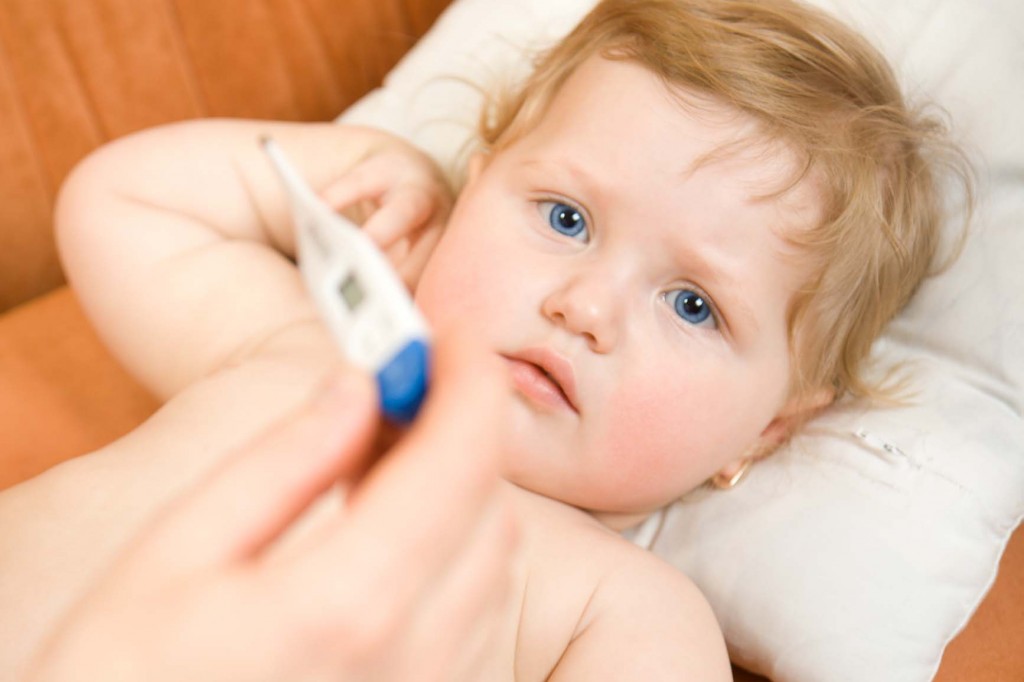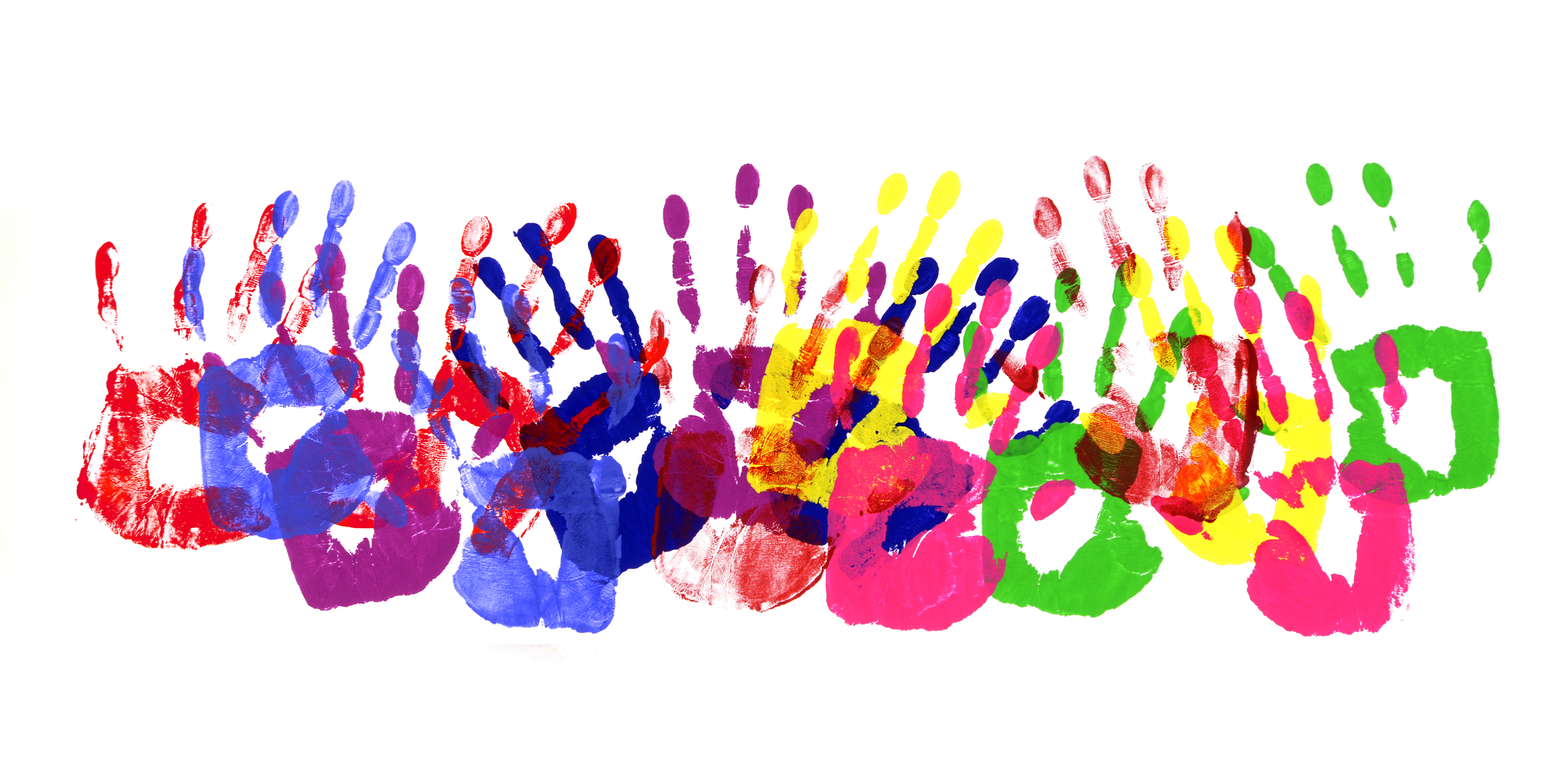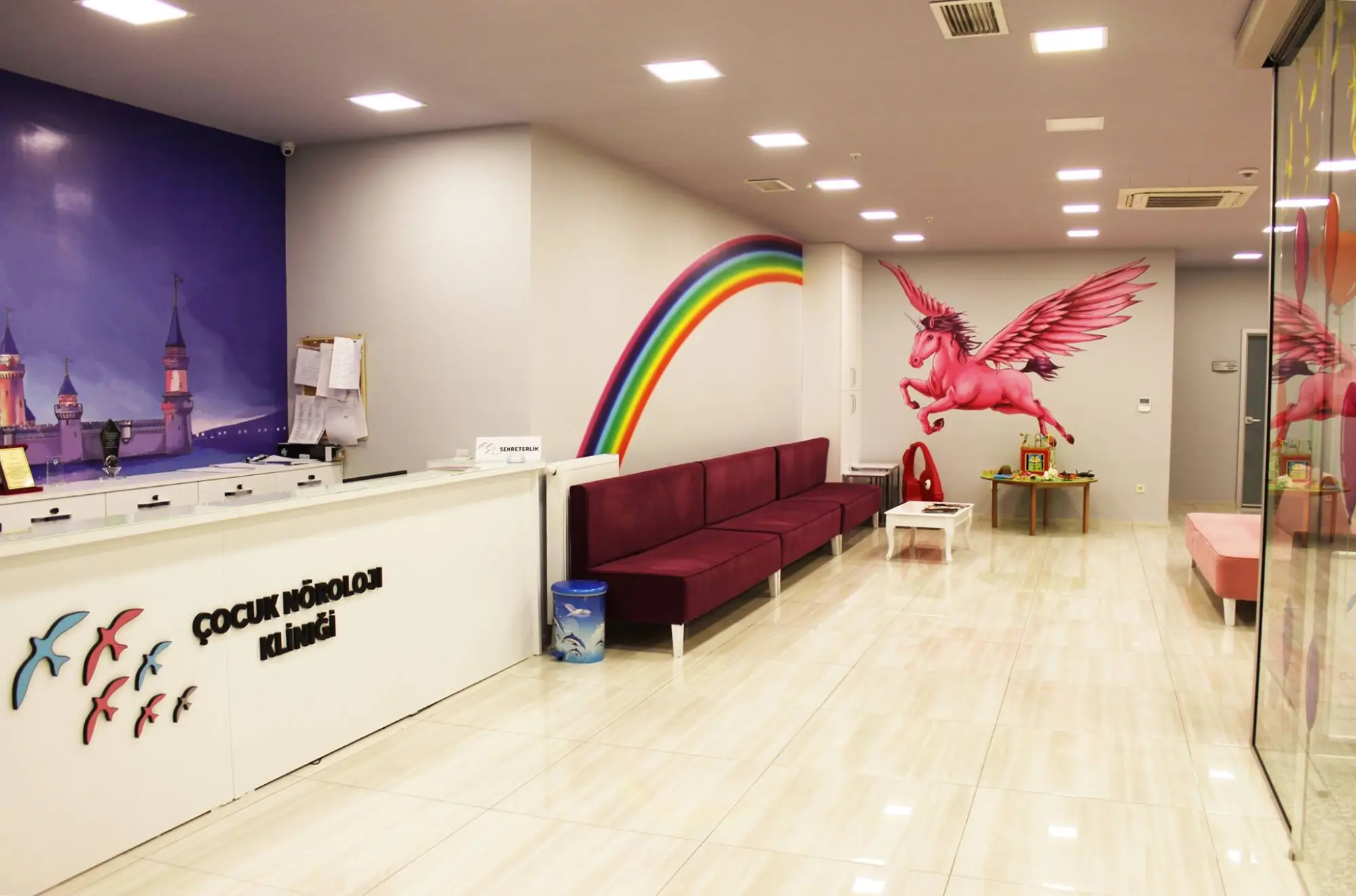Fever Seizures
Fever in children can cause epileptic seizures. Febrile seizures can be described as a hereditary predisposition to benign seizures triggered by fever without central nervous system infection (brain infection).

Fever in children can cause epileptic seizures. Febrile seizures can be described as a hereditary predisposition to benign seizures triggered by fever without central nervous system infection (brain infection). This age-dependent condition is seen between the ages of 6 months and years. It most commonly occurs in children aged 18-22 months. Seizures, which are often due to viral infections, are usually seen on the first day of fever.
What are the risk factors for the first febrile seizure?
About 30% of children with 2 or more independent risk factors are expected to develop febrile seizures.
- First or second degree relative with a history of febrile seizures
- History of leaving hospital after 28 days postpartum
- The family realizes that the child’s development is slow
- go home
What is a complex or simple febrile seizure?
This classification is useful for predicting the prognosis (course) of the disease. Simple febrile seizures constitute 70% of all febrile seizures. In simple febrile seizures,
- In children aged 6 months to 5 years without neurological disease prior to the seizure
- Generalized seizure (contraction of the whole body) lasting less than 15 minutes
- Recurs once in 24 hours in febrile illness.
- Complex febrile seizures
Prolonged (>15 minutes)
- 2 or more repetitions in a 24 hour period
- They show one or more of the focal (e.g. arm) initial features.
- If a single febrile seizure lasts longer than 30 minutes or if the patient does not regain consciousness between recurrent seizures, febrile seizure-related status epilepticus is in question.
What are the factors that increase the risk of recurrence of febrile seizures?
After the first febrile seizure, approximately half of the patients are expected to have a recurrence of seizures, and half of those with recurrent seizures are expected to have at least one more seizure. recurrent seizures,
- Those who had their first febrile seizure when younger than 1 year old, had seizures with low fever and had complex seizures
- First degree relatives with a history of febrile seizures
- It is expected in patients whose neurological development is affected.
- In which patients should CSF (Water from the waist) examination be performed?
Exclusion of central nervous system infection is important in the emergency approach to febrile seizures. Especially in patients under 2 years of age, in the presence of accompanying symptoms along with fever, CSF examination is required in patients presenting with status epilepticus or complex febrile seizure. CSF examination is recommended for every patient under the age of one who presents with a febrile seizure.
Should EEG examination be done in febrile seizure?
EEG examination after the first simple febrile seizure is of no use in determining the recurrence of the disease or the development of epilepsy. EEG examination is recommended after recurrent seizures or after the first seizure with complex features.
#### What are the determinant risk factors for the development of epilepsy in patients with febrile seizures?
- Presence of neurological disease or developmental delay before the first febrile seizure
- Family history of epilepsy
- Complex febrile seizures
#### Will the mental and behavioral development of patients with febrile seizures be affected?
It has been shown that the school success of patients with febrile seizures is not different from their peers.
How should a prophylactic (preventive) treatment decision be made and implemented?
The first step in the treatment of febrile seizures is to inform the family and to regain their confidence. Prophylactic treatment is not recommended after the first simple febrile seizure. Prophylaxis can be applied in patients with frequent recurrent seizures, concomitant neurological disease and complex febrile seizures. While daily phenobarbital or valproic acid is preferred for uninterrupted prophylaxis, benzodiazepines used on feverish days are suitable for intermittent prophylaxis.
Hot Water Epilepsy (A Variation of Fever Seizures)
Let’s look at an interesting epilepsy disorder, which is common in our country, with patient examples.
A four-year-old five-month-old male patient was admitted with complaints of stagnation during the bath, staring at a fixed point, and then drowsiness, which his mother noticed. The patient, whose psychomotor development was appropriate for his age, had no previous history of febrile seizures or family history of epilepsy. Neurological examination was normal. Magnetic resonance imaging (MRI) and inter-seizure electroencephalogram (EEG) of the patient were found to be normal. Since the patient’s complaints do not recur, whose head is not wetted in the bath with hot water and whose whole body is washed with 35°C water, the patient is followed up without any complaints by suggesting that he take a bath with warm water.
A six-month-old girl presented to the patient with complaints of looking at a fixed point, clenching her teeth, and bruising with every water contact, even while washing her face. The patient, whose psychomotor development was appropriate for his age, had no previous history of febrile seizures or family history of epilepsy. Neurological examination was normal. Between seizures, sharp waves mixed with the ground were detected in the wake EEG, and rare sharp waves originating from the right frontal region were detected in the sleep EEG. Magnetic resonance imaging was within normal limits. . The seizures of the patient who was started on valproic acid treatment decreased. Clonazepam was given to the 3-year-old patient, who developed continuous jumping movements while taking a shower, one hour before the shower for preventive purposes. With the treatment, their jumping completely disappeared.
Hot water epilepsy has been reported mostly in boys, preschool and school age. More complex partial seizures were observed in the patients, and pathological changes were detected in only 15-20% of the inter-seizure EEGs. Yalcin et al. In their series of 25 cases, the most obvious triggering factors were found to be the temperature of the water and spillage from a bowl. The gender and age group of the first case were compatible with the other reported cases. His seizures were of a complex partial type, beginning with a pensive aura and ending with a clouding of consciousness. No pathology was detected in the inter-seizure EEG. The way of washing was sitting down, pouring hot water over the head from a bowl. Stensman and Ursing blamed complex tactile and thermal stimulation in the pathogenesis of SSE. They showed that seizures triggered by pouring hot water on the heads of patients in the laboratory environment did not occur with towels soaked in hot water, sauna and blowing hot air. Santishchandra suggested that increased intracranial temperature due to impaired thermoregulation causes seizures in patients. In the treatment of hot water epilepsy, precautions including washing the head with warm water and for a shorter period of time are primarily recommended. The seizures of the first case were controlled by washing with water under body temperature.
Carbamazepine, phenytoin and valproic acid are antiepileptics used in the treatment of hot water epilepsy. Valproic acid was preferred in the treatment because pathological findings were detected in the wakefulness and sleep EEG of the second case. In the follow-up of the patient, when myoclonies appeared in the legs during the shower, a complete response was obtained to the clonazepam added to the treatment. In our country, water-related epileptic conditions can be encountered in the follow-up of healthy children. After excluding other conditions that cause seizures, lowering the water temperature to 35-37 C or administering clonazepam preservatives can be applied by pediatricians as simple preventive treatments, and I think that long-term antiepileptic use should be reserved for patients who do not have a typical course and have pathological findings.








